Do you have a question about the Dodge CHARGER 2021 and is the answer not in the manual?
Details about the key fob, its functions, and emergency key.
Information on the Keyless Enter-N-Go ignition system and its operation.
Manual and power door locks, passive entry, and child protection lock system.
Manual and power tilt/telescoping, and heated steering wheel features.
Manual and power seat adjustments, including heated and ventilated features.
Information on inside rearview, vanity, and outside mirrors, including auto-dimming.
Details on headlight switch, DRLs, automatic headlights, and parking lights.
Automatic and manual climate control functions, defrost, and temperature settings.
Overview of the instrument cluster and its components.
Detailed explanation of cluster components like tachometer and speedometer.
Explanation of various red, yellow, green, white, and blue warning lights.
Information on the OBD II system and its cybersecurity features.
Procedures for starting the engine, including normal and cold weather conditions.
Gear selection, park interlock, and shift interlock system operation.
How to apply and release the foot-operated parking brake.
Information on Cruise Control and Adaptive Cruise Control (ACC) operation.
How the ParkSense system detects obstacles and provides alerts.
Operation and warnings for the LaneSense lane departure system.
Step-by-step guide for refueling the vehicle, including emergency gas can use.
Safety tips and information on trailer towing limits and definitions.
Advice on driving on slippery surfaces and through water.
Overview of the Uconnect system and its features.
Information on vehicle connectivity and security features.
How to access and change programmable features and system settings.
Details on customizable settings for various vehicle features.
How to connect and use Android Auto™ and Apple CarPlay® features.
Display for performance indicators like G-Force, timers, and gauges.
Explanation of ABS, EBC, Auxiliary Driving Systems, and Occupant Restraint Systems.
Details on seat belts, SRS airbags, and child restraints.
Recommendations and precautions for installing child restraints.
Maintenance intervals for 3.6L and 5.7L engines, including oil changes.
Identification of key components in the engine compartment for 3.6L and 5.7L engines.
How to check and add engine oil, including dipstick types.
Cleaning and replacement of windshield wiper blades.
Information on exhaust system maintenance and carbon monoxide warnings.
Coolant checks, fluid level, and maintenance procedures.
Information on brake system components and fluid level checks.
General information on fuses and their replacement.
Location and importance of the Vehicle Identification Number.
Description of the dual hydraulic brake systems.
Proper lug nut/bolt torque values for wheel mounting.
Recommended octane ratings and fuel blend limitations.
Table showing US and Metric capacities for various vehicle fluids.
Recommendations for engine coolant, oil, and filters.
Recommendations for automatic transmission, rear axle, and transfer case fluids.
Tips for preparing for service appointments and making requests.
Guidance on interacting with authorized dealers and customer service.
How to report safety defects to NHTSA and FCA US LLC.
Information on how to order manuals and service information.
Details about the key fob, its functions, and emergency key.
Information on the Keyless Enter-N-Go ignition system and its operation.
Manual and power door locks, passive entry, and child protection lock system.
Manual and power tilt/telescoping, and heated steering wheel features.
Manual and power seat adjustments, including heated and ventilated features.
Information on inside rearview, vanity, and outside mirrors, including auto-dimming.
Details on headlight switch, DRLs, automatic headlights, and parking lights.
Automatic and manual climate control functions, defrost, and temperature settings.
Overview of the instrument cluster and its components.
Detailed explanation of cluster components like tachometer and speedometer.
Explanation of various red, yellow, green, white, and blue warning lights.
Information on the OBD II system and its cybersecurity features.
Procedures for starting the engine, including normal and cold weather conditions.
Gear selection, park interlock, and shift interlock system operation.
How to apply and release the foot-operated parking brake.
Information on Cruise Control and Adaptive Cruise Control (ACC) operation.
How the ParkSense system detects obstacles and provides alerts.
Operation and warnings for the LaneSense lane departure system.
Step-by-step guide for refueling the vehicle, including emergency gas can use.
Safety tips and information on trailer towing limits and definitions.
Advice on driving on slippery surfaces and through water.
Overview of the Uconnect system and its features.
Information on vehicle connectivity and security features.
How to access and change programmable features and system settings.
Details on customizable settings for various vehicle features.
How to connect and use Android Auto™ and Apple CarPlay® features.
Display for performance indicators like G-Force, timers, and gauges.
Explanation of ABS, EBC, Auxiliary Driving Systems, and Occupant Restraint Systems.
Details on seat belts, SRS airbags, and child restraints.
Recommendations and precautions for installing child restraints.
Maintenance intervals for 3.6L and 5.7L engines, including oil changes.
Identification of key components in the engine compartment for 3.6L and 5.7L engines.
How to check and add engine oil, including dipstick types.
Cleaning and replacement of windshield wiper blades.
Information on exhaust system maintenance and carbon monoxide warnings.
Coolant checks, fluid level, and maintenance procedures.
Information on brake system components and fluid level checks.
General information on fuses and their replacement.
Location and importance of the Vehicle Identification Number.
Description of the dual hydraulic brake systems.
Proper lug nut/bolt torque values for wheel mounting.
Recommended octane ratings and fuel blend limitations.
Table showing US and Metric capacities for various vehicle fluids.
Recommendations for engine coolant, oil, and filters.
Recommendations for automatic transmission, rear axle, and transfer case fluids.
Tips for preparing for service appointments and making requests.
Guidance on interacting with authorized dealers and customer service.
How to report safety defects to NHTSA and FCA US LLC.
Information on how to order manuals and service information.
| Brand | Dodge |
|---|---|
| Model | CHARGER 2021 |
| Category | Automobile |
| Language | English |
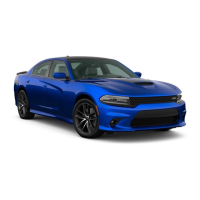

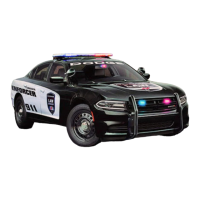
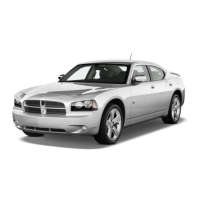
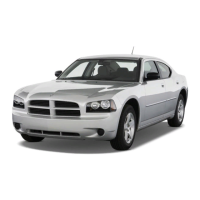
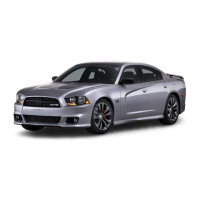
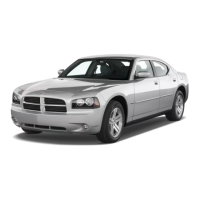



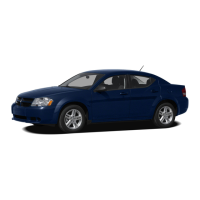
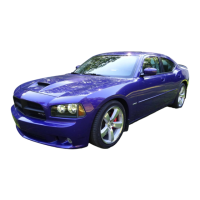
